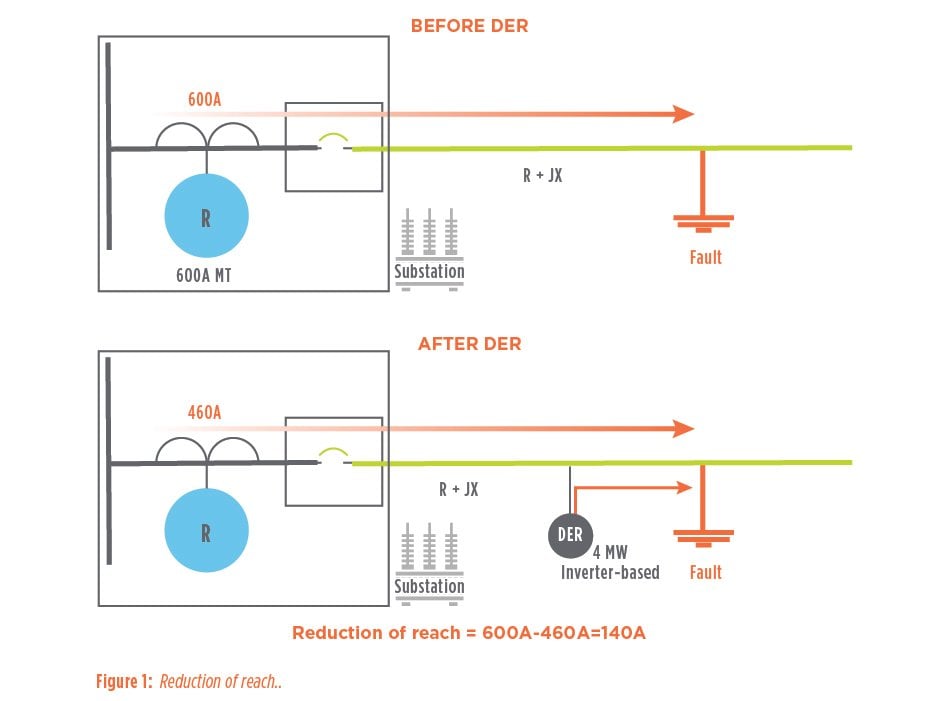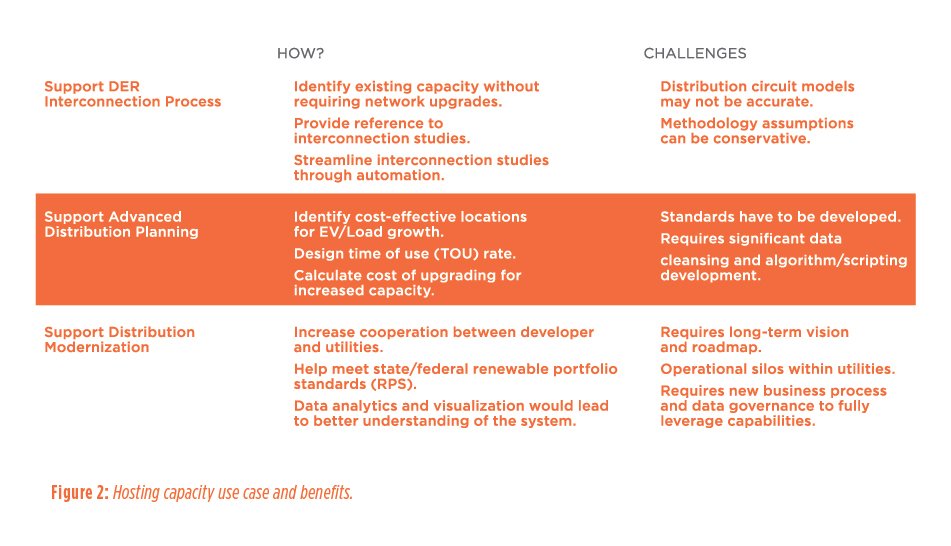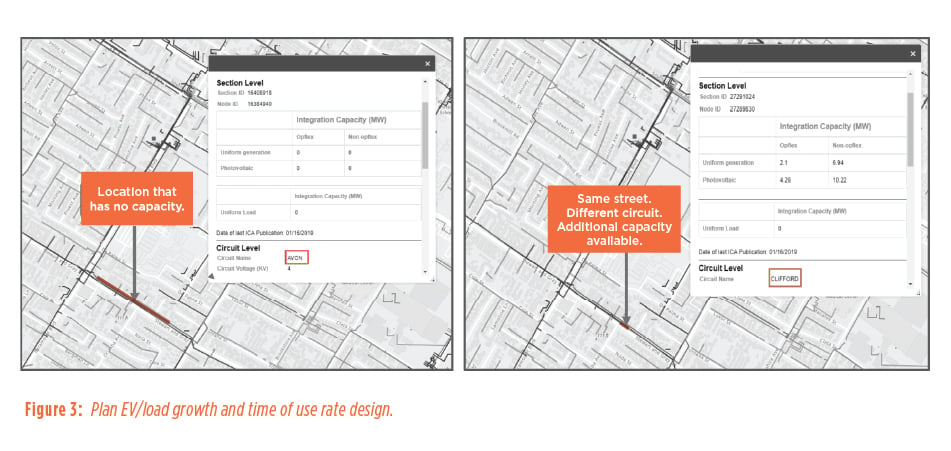While capacity analysis offers limitless possibilities, regulatory differences across the country may affect how utilities choose to implement it. Each utility will face its own limitations related to its operational systems, planning tools, data warehouse software or other factors. Standardization of capacity analysis, as a result, may prove challenging.
Standardization limits, however, give individual utilities the flexibility to design a capacity analysis system that directly addresses their unique challenges and goals. Python scripting and automation of typical engineering verifications allow for quick algorithm development, which can be tried and tested before being implemented in an enterprise solution. As datadriven solutions become the rule, rather than the exception, the quality and completeness of utility data become increasingly important. Significant data collection, correction and maintenance will be required for any utility looking to modernize its distribution planning processes.
Load profiles, both at the substation and customer level, 8760 or otherwise, will become essential inputs to circuit simulation models. Currently, this data is often either unreliable or missing. Process automation and scripting can significantly reduce time and resources required to provide usable circuit models. Statistical modeling can help fill dead bands or missing data for SCADA values coming from substation-level demand data. Similarly, load allocations with customer AMI data can provide utilities reasonable approximations to replicate real-world loading scenarios. As more sensors are added to distribution networks, these approximations will grow closer to accurate realworld conditions.
Typically, a capacity analysis is performed on a circuit in “normal operating configuration,” which represents the typical circuit configuration at a given point in time.
Distribution systems often change throughout the year in accordance with safety and operational needs. SCADA data used to create 8760 profiles captures these changes. An analysis run on a normal operating configuration, however, must compensate for these changes to model a “normal” system more accurately. Changes and abnormal conditions are often difficult to plan around and require complex solutions. Profile cleansing techniques that cater to these specific challenges are needed to calculate hosting capacity values accurately. With automation tools, these cleansing techniques can be adapted to changing network complexities.
The technical challenges for capacity analysis are significant, such as data collection hurdles within a utility’s many departments and the conflation of data sources. If these challenges are overcome, multiple groups within a utility will benefit from the ability to perform detailed analysis on accurate data. Capacity analysis, therefore, becomes a key component of a larger grid and utility modernization plan.






